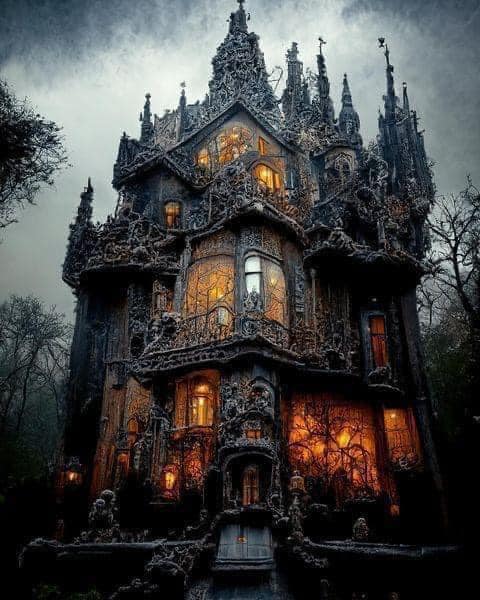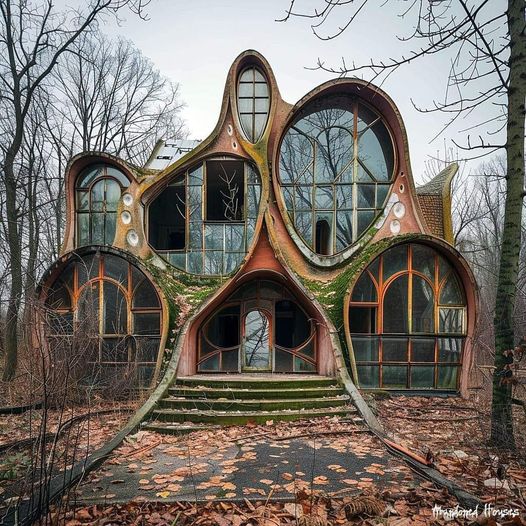How AI is Reshaping the Restoration of Abandoned Homes

Abandoned homes, once left to decay, are finding a new life, thanks to the transformative power of AI. These forgotten structures, often deemed too costly or time-consuming to restore, are now at the forefront of a revolution. AI technology, with its advanced capabilities, is reshaping how we approach the restoration process, bringing neglected properties back to their former glory.
The Role of AI in Abandoned Homes Restoration

AI is dramatically enhancing the restoration of abandoned homes by offering innovative solutions to key challenges. For instance, AI-driven software can analyze structural integrity, predict potential issues, and suggest the most effective restoration techniques. This reduces time and costs while ensuring safety during the rebuilding process. The focused application of AI also means more sustainable restoration practices, reducing waste and repurposing materials that might otherwise be discarded.
AI-Powered Design & Planning

Restoring an abandoned home used to require extensive manual planning and design. Now, AI-powered design tools offer advanced imaging capabilities, allowing homeowners and builders to visualize the potential of a property before physical work begins. With just a few clicks, AI can generate virtual blueprints, detailing everything from interior layouts to structural reinforcements. This provides a roadmap for restoration projects, ensuring accuracy and efficiency throughout.
The Future of Abandoned Homes Restoration with AI

AI is continuously evolving, and its application in the restoration of abandoned homes is just the beginning. As the technology becomes more sophisticated, we can expect even greater accuracy, cost-effectiveness, and environmental sustainability in home restoration projects. AI-driven restoration is not just about bringing abandoned homes back to life—it’s about building smarter, more resilient homes for the future.